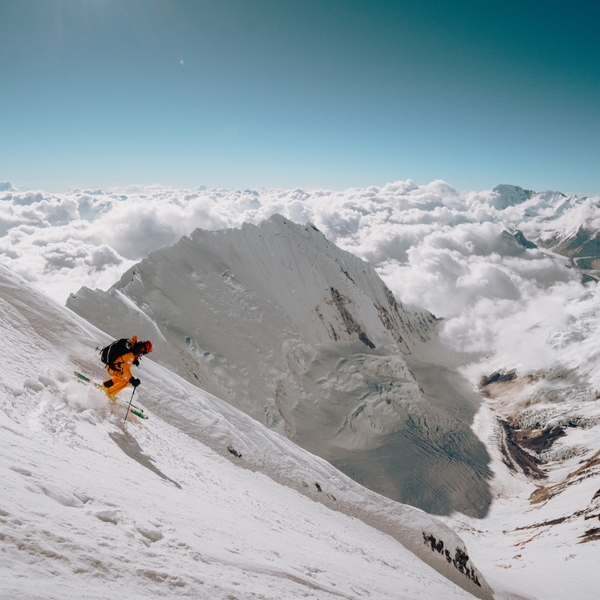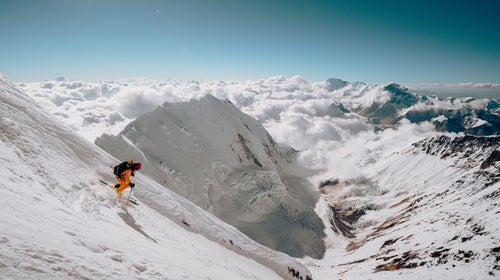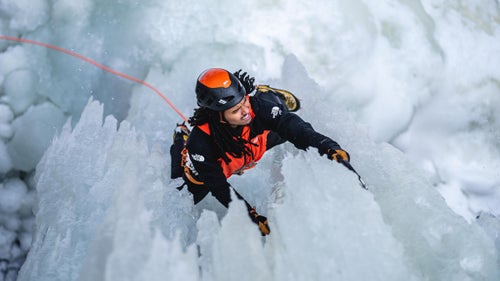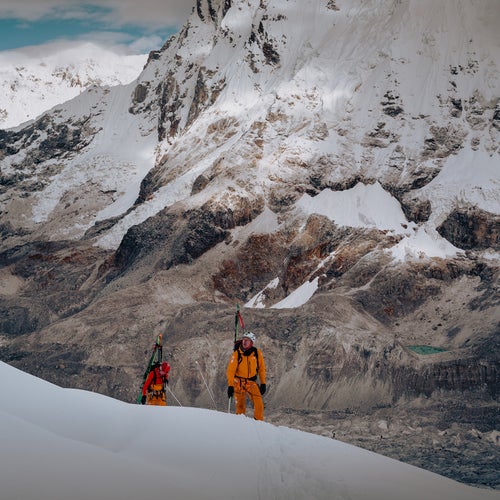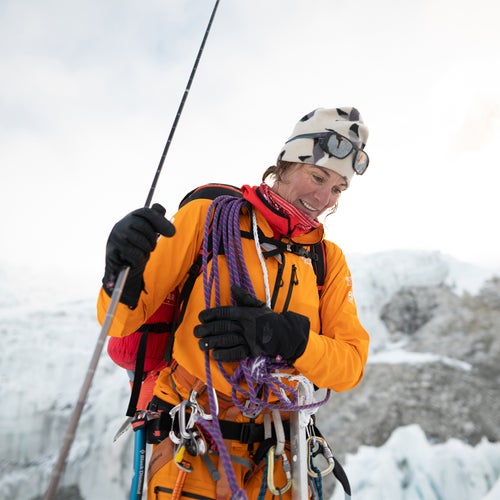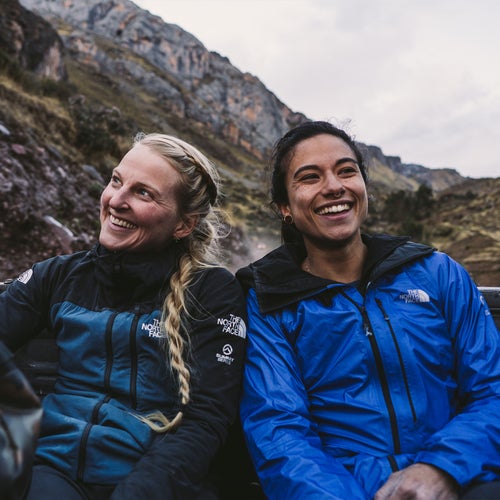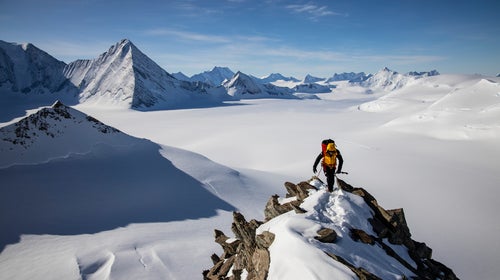How North Face Athletes Compete for Expedition Funding
The company sponsors some of the best athletes in the world, from Emily Harrington to Alex Honnold, all of whom are vying for a slice of the brand’s annual budget to support their expeditions. The process can be as competitive as getting into an Ivy League university—except, if approved, the athletes are often taking on death-defying adventures.
New perk: Easily find new routes and hidden gems, upcoming running events, and more near you. Your weekly Local Running Newsletter has everything you need to lace up! .
In October 2019, in a world of still busy airport terminals and long security lines, North Face athlete Manoah Ainuu logged on to his computer to submit a proposal to the company for a dream trip. The climber, who is based in Bozeman, Montana, was hoping to visit Ethiopia’s Tigray region, known for dozens of mysterious Christian churches carved into sandstone cliffs and towers in likely the sixth century, some of which require 5.4 routes to reach. Ainuu, 26, was planning to put up some new routes on the walls with a trio of North Face teammates. First and foremost, they planned to climb with kids from a local nonprofit at a smaller crag near Addis Ababa, Ethiopia’s capital. They’d also visit the town of Hayk, where Ainuu’s mother was born and his grandparents live, and which he has been to just once, when he was 13. To fund the trip, Ainuu was asking the North Face for $36,000.
To siphon that sum from the company’s annual expedition budget, his proposal would compete with as many as 200 others from a roster of superstar climbers, ultrarunners, and skiers, a lineup stacked with icons like Emily Harrington, Ashima Shiraishi, Alex Honnold, and Jimmy Chin. It’s a high bar to make the cut as one of the six to twelve expeditions that are typically funded each year. Ainuu’s proposal would have to wow some tough critics—every athlete on the team gets a vote.
The North Face made its expedition peer-review process official in 2015�����Ի� added an athlete-only website for submissions in 2018. Today Ainuu clicked around the site, typed in the name of his expedition—“Mission to the Motherland”—and then filled in the fields for its description, significance, and budget. He also noted his production partner, Sender Films, which planned to document it.
He uploaded a few photos of Tigray’s rock towers, which resemble those in Moab, Utah, and a 60-second video he filmed with his phone while sitting on his couch. “What’s up y’all, Manoah here, talking about the expedition proposal to Ethiopia,” he says in it, his long dreadlocks cascading down his right shoulder. He described wanting to invigorate the sport he loves in “one of the greatest countries and civilizations out there.”
He hit submit and then started scrolling through submissions from other North Face athletes. Ainuu had to critique and rate the other proposals using a ten-point scale for these criteria: (1) How exciting is the idea; (2) Is it a disruptive piece within the sport; (3) Will it generate community buzz and attract media; and (4) Does it have global relevancy and reach, and will people outside the sport care about it? The highest scores then went to a selection committee made up of the marketing department and athlete team captain Hilaree Nelson, and the winners for the 2020 trips would be announced by email in December. Scanning the proposals, Ainuu was chagrined to find another Ethiopian climbing trip among them.
